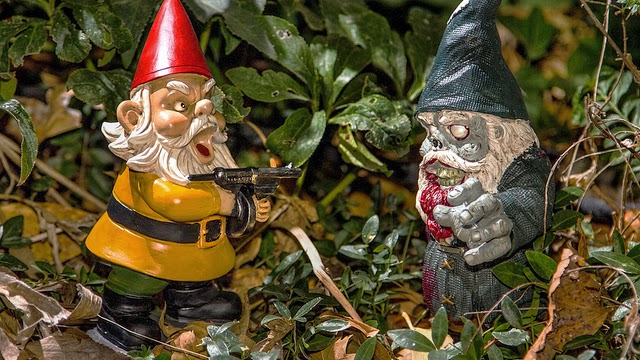Last month, as I thought about the writing sprint that is NaNoWriMo, I thought about Dan Wells' seven point system for story creation.
Well, perhaps not creation.
Where ideas come from and how we choose them--or they choose us--is a mysterious process. What is less mysterious is what we need to do to spin an idea into a story concept and make sure we have enough material to make it stretch over 50,000 words.
(For part one of this mini-series, click here.)
Well, perhaps not creation.
Where ideas come from and how we choose them--or they choose us--is a mysterious process. What is less mysterious is what we need to do to spin an idea into a story concept and make sure we have enough material to make it stretch over 50,000 words.
(For part one of this mini-series, click here.)
1. Start At The End: The Resolution/Climax Of The Story
It sounds counterintuitive and perhaps a wee bit crazy, but I've found it to be fabulous advice: when you write a story, begin at the end.
Dan Wells uses J.K. Rowling's first Harry Potter book, Harry Potter and the Sorcerer's Stone, as his example. BUT. It's been years since I read that book so I'm going to use Star Wars IV: A New Hope instead. (And, yes, I know that one's a book and the other's a movie, but those are just two different mediums, two different ways, of telling a story.)
So. What is the resolution?
Resolution: Luke Skywalker blows up the Death Star and saves the Rebel Alliance from destruction.
Of course Luke won! But resolutions really are as simple as this, answering "yes" or "no" to the story question. (For more on story questions, Jim Butcher has an excellent discussion of the subject.)
2. Write Your Hook: What Is Your Starting State?
We know how the story ends so now we have to figure out how it begins.
As you write the hero's starting state, keep in mind your hero needs to change, to go through some sort of arc.
For example, if you want your hero, your protagonist, your kick-ass dude or dudette, to end up wiping the floor with the antagonist they need to start out weak. Otherwise, there's no change and that wouldn't be interesting. Well. Not as interesting. A vividly rendered Big Bad getting their nether-regions handed to them by an uber-hero will never lose its appeal for me.
(That's not quite true. Your hero could start out strong, lose everything in the middle, and then claw his/her way back up just in time to pound the Big Bad back into oblivion at the end. Or something. The shape of the change, of the arc, is entirely up to you.)
Hook: Luke is an orphan--or so he believes--who lives with his aunt and uncle. He craves a life of excitement, of adventure. He wants to visit far off planets but lives a life of drudgery on a backwater planet far, far, away from anything he considers remotely interesting.
In the beginning of the story Luke isn't in charge of his destiny, others--his well-meaning aunt and uncle--decide what goals he pursues. At the end of the story Luke is a hero of the rebellion, he destroyed the Death Star and saved the Rebel Alliance. Further, he managed all this because he took charge of his life, trusted himself and his special ability.
Note: As we've seen, Dan Wells calls the hero's starting state "the hook". I want to mention that you'll occasionally come across another use of the phrase. Specifically, as that initial something that "hooks" the reader, the thing that keeps them reading, that generates narrative drive (/suspense). To read more about this other use of the term see: The Strange: How To Hook A Reader's Interest.
Okay, back to talking about arc, change, movement. Looking at Luke, his character, at the beginning of his journey and comparing that with where he ended up, we can see this arc as taking him from weakness to strength. That said, it is also an arc, a journey, from inexperience to experience, from distrusting himself to trusting himself. From unbelief to belief.
That's it for today. Next time we'll look at the first plot turn and the Midpoint.


Hi Karen - what a good idea to start at the end! I have terrible trouble with endings (especially with short stories) but great at coming up with hooks for the beginning. I'm going to try and follow this advice.
ReplyDeleteHi Sally! I'm the opposite. I usually know--in broad strokes of the brush at least--how the story ends but it takes me FOREVER to come up with the beginning, the bit before the inciting incident, where I introduce the characters and the setting. Gah! If you have any tips, please do tell! :-)
DeleteIn my case, I always have pretty clear how the story begins as well as how it ends, my biggest problem i the in between.
ReplyDeleteAh yes, the great swampy middle. You're in good company.
Delete